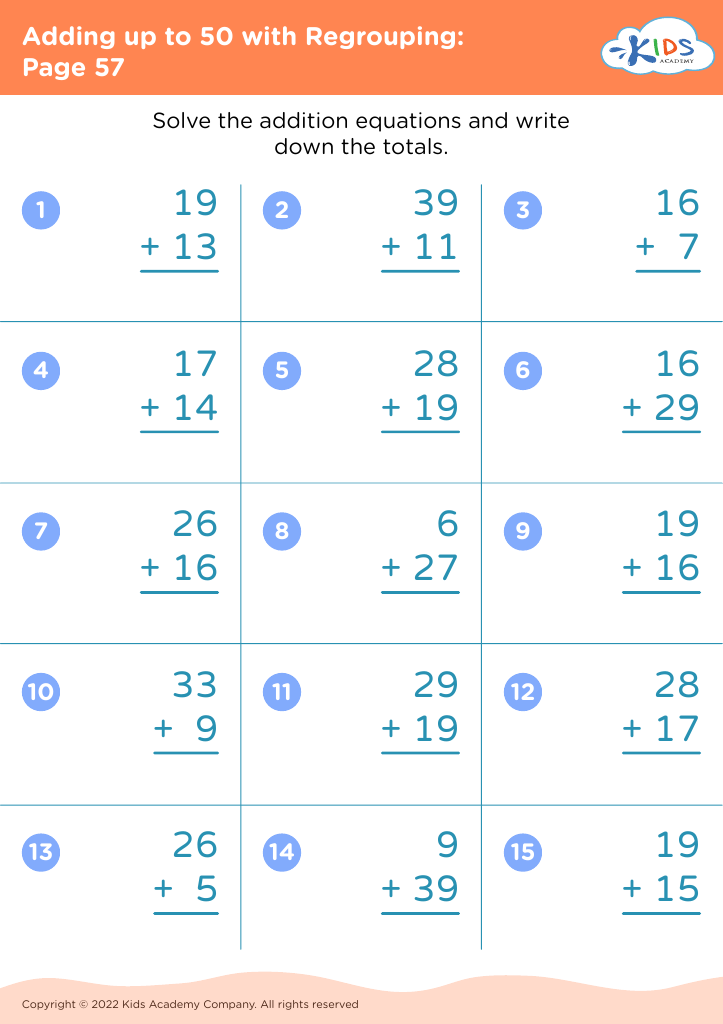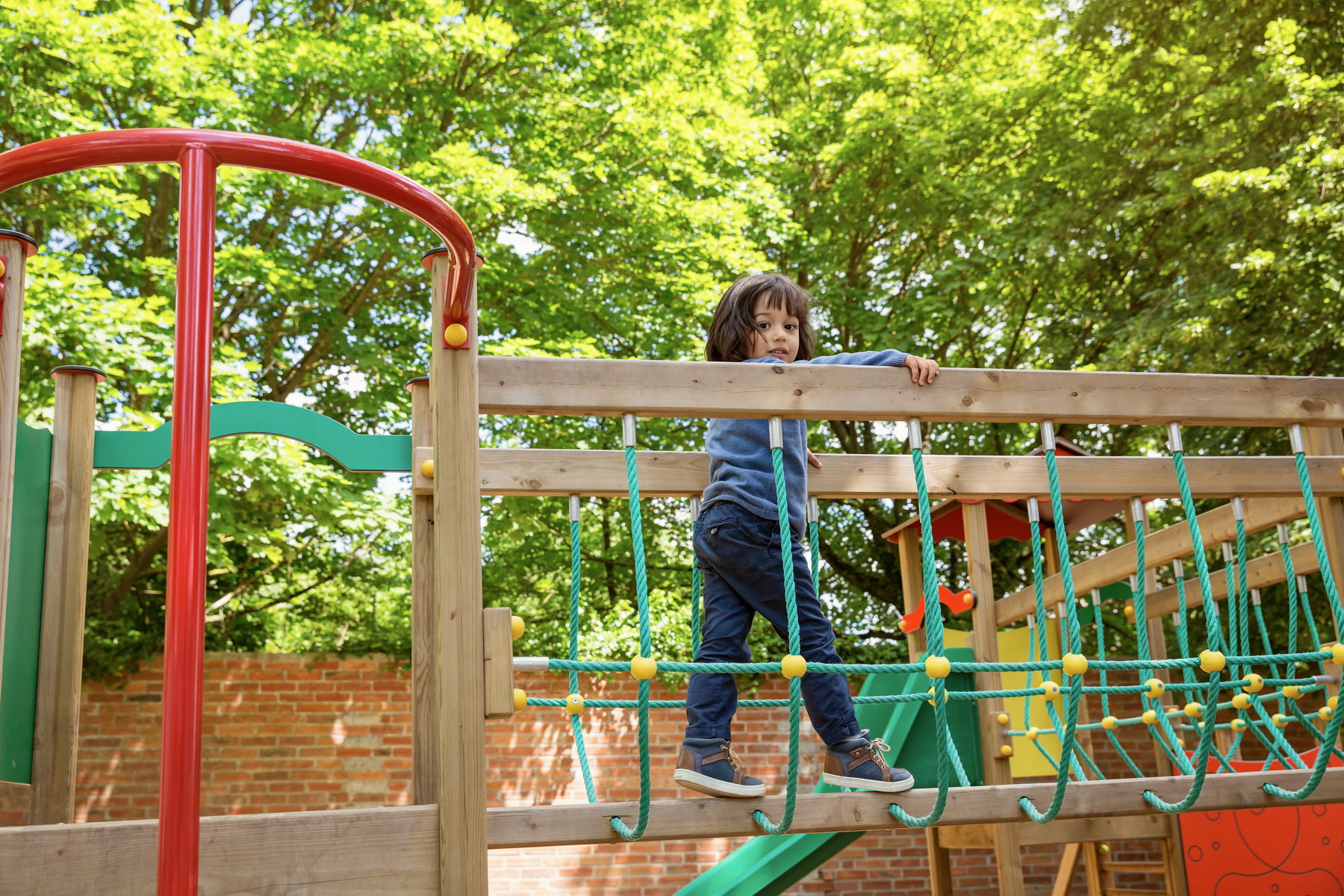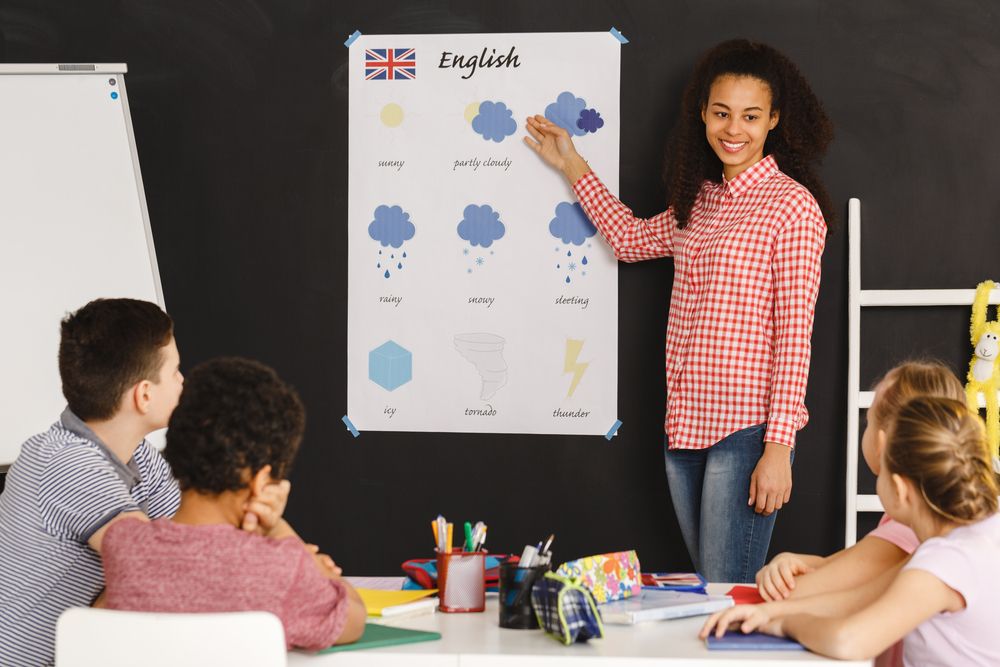Pattern identification Worksheets for Ages 6-9
8 filtered results
-
From - To
Discover our engaging pattern identification worksheets for children ages 6-9, designed to enhance critical thinking and observational skills. These printable resources provide a fun way for kids to recognize, create, and complete various patterns while reinforcing their understanding of sequences and shapes. Each worksheet is thoughtfully crafted to cater to different learning levels, ensuring that every child can participate and succeed. Whether in the classroom or at home, our worksheets encourage cognitive development through hands-on practice. Foster a love of learning and boost your child’s confidence with our stimulating pattern identification activities today! Ideal for teachers and parents alike.
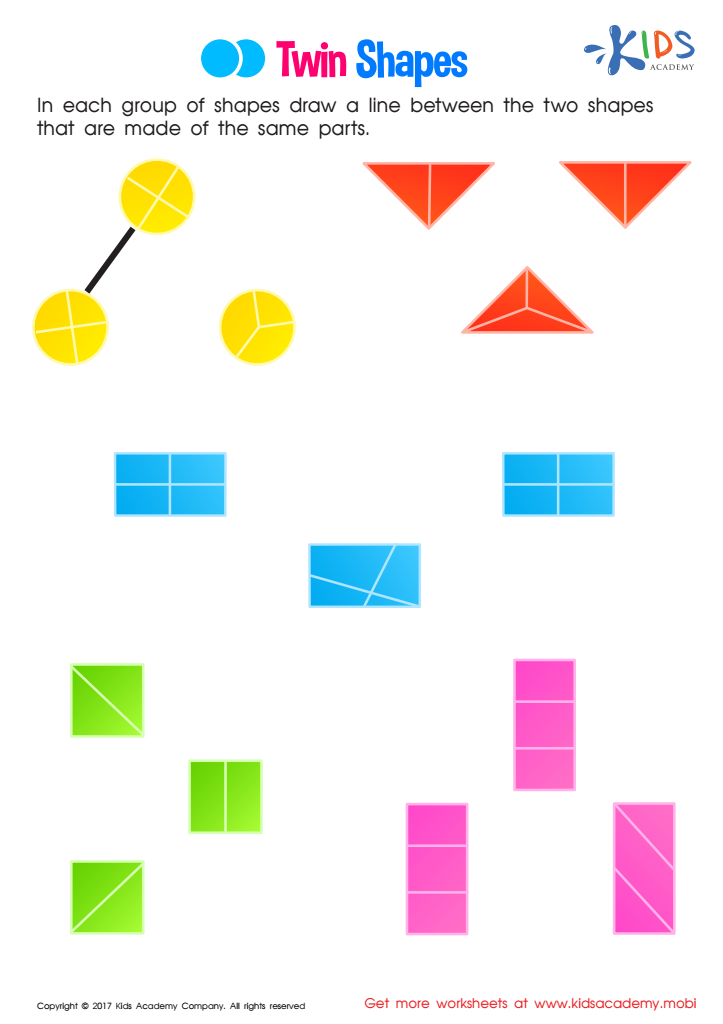

Twin Shapes Worksheet
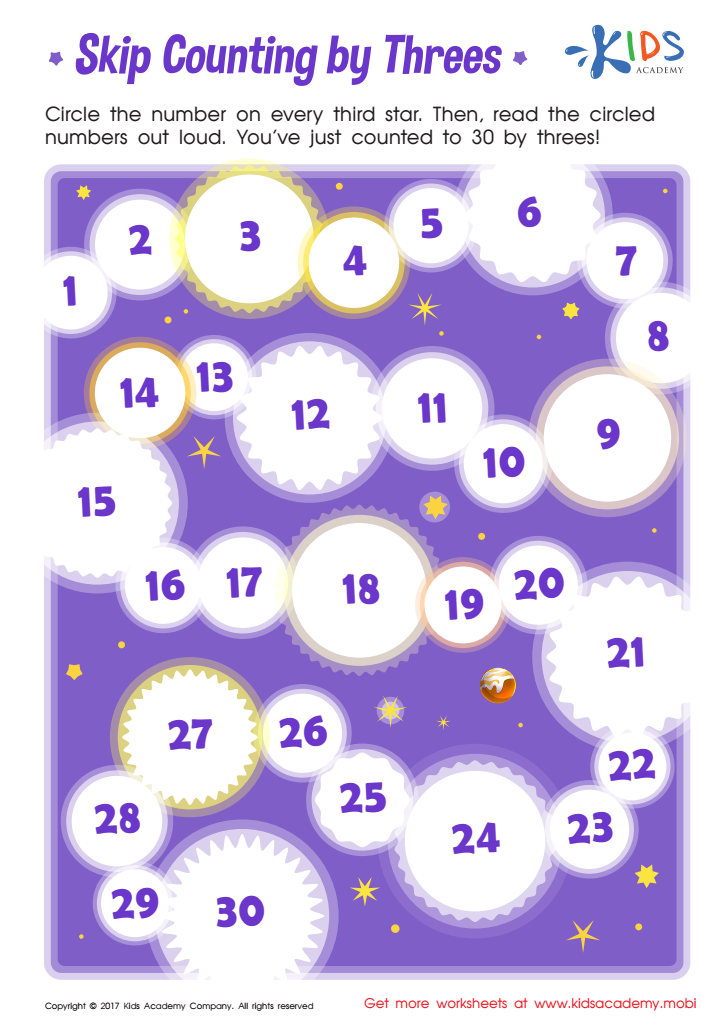

Skip Counting By Three Printable
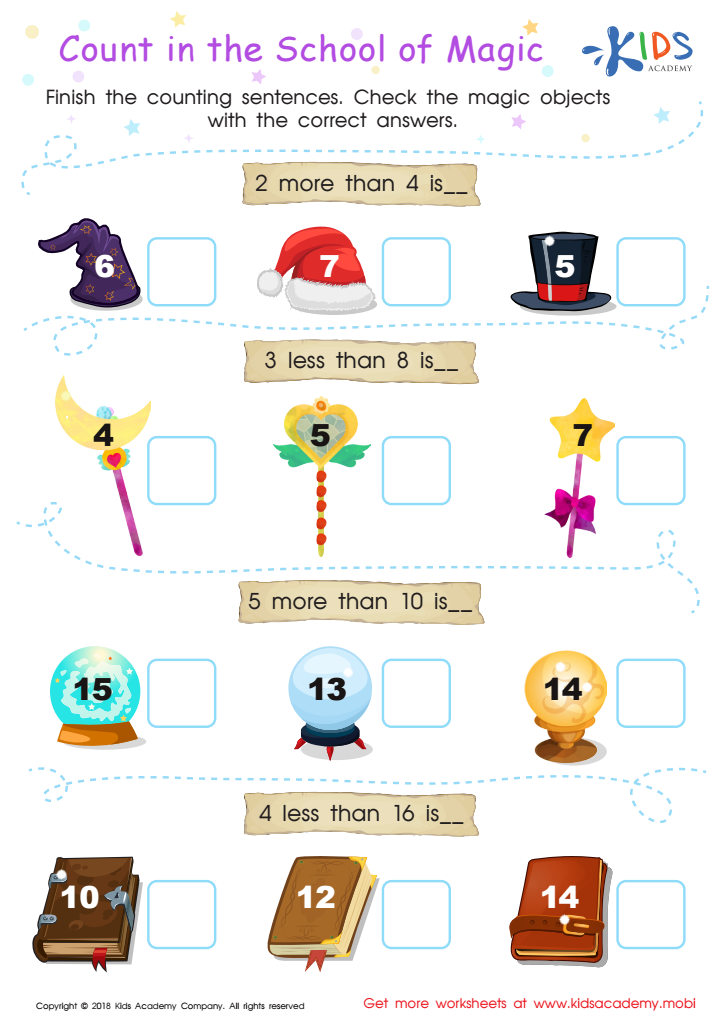

Count in the School of Magic Worksheet
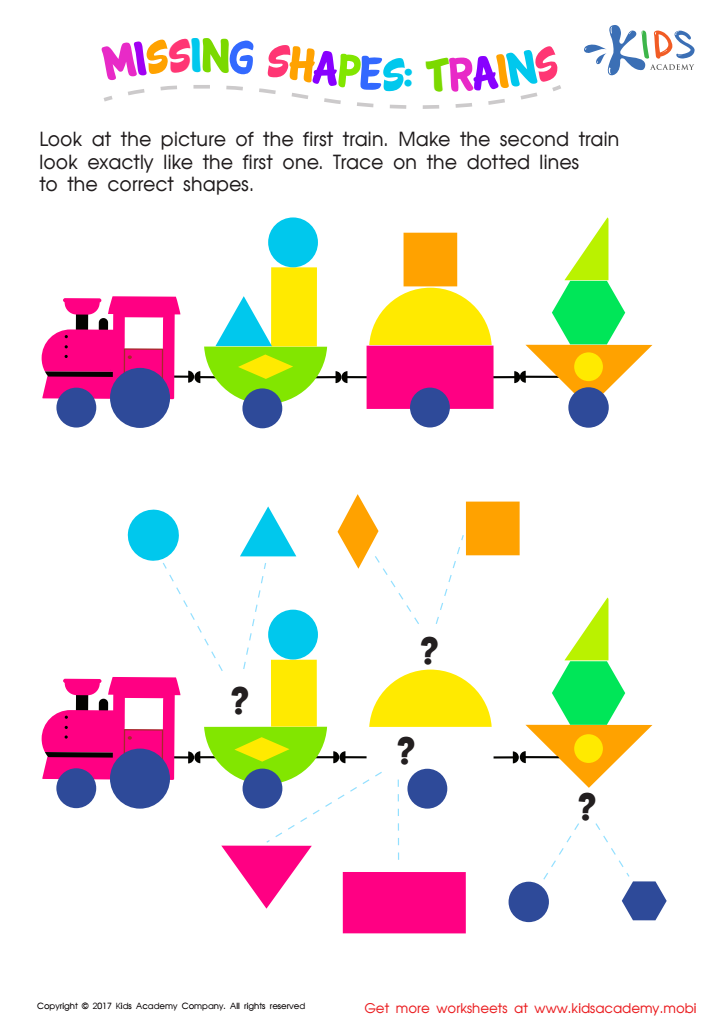

Missing Shapes: Trains Worksheet
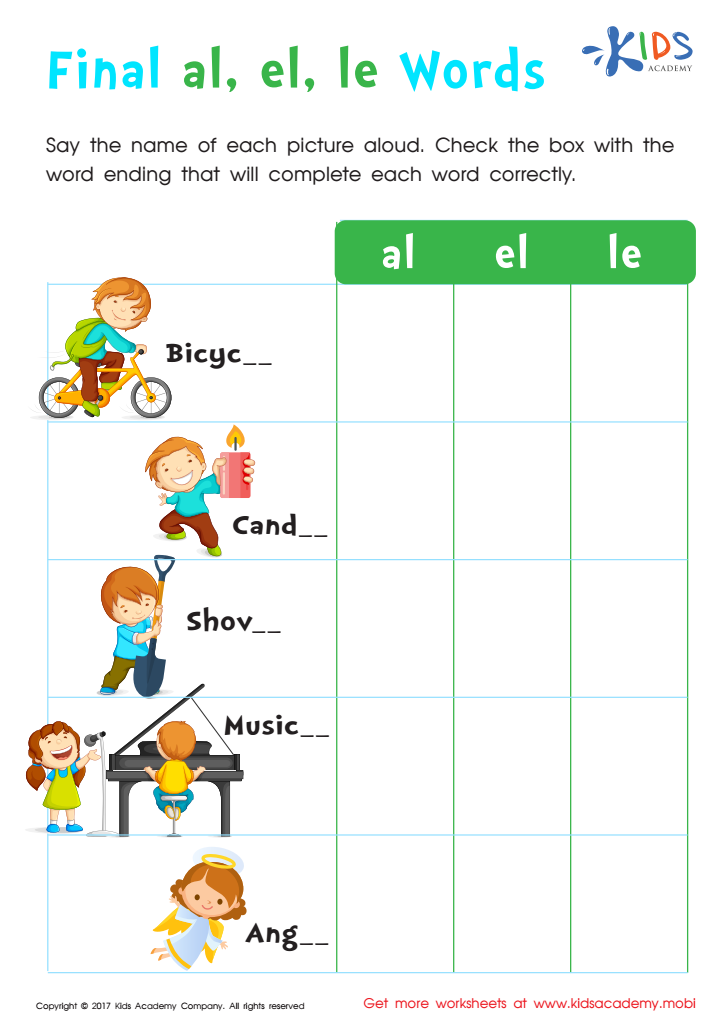

Spelling Words Ending with –le, –el and –al Worksheet
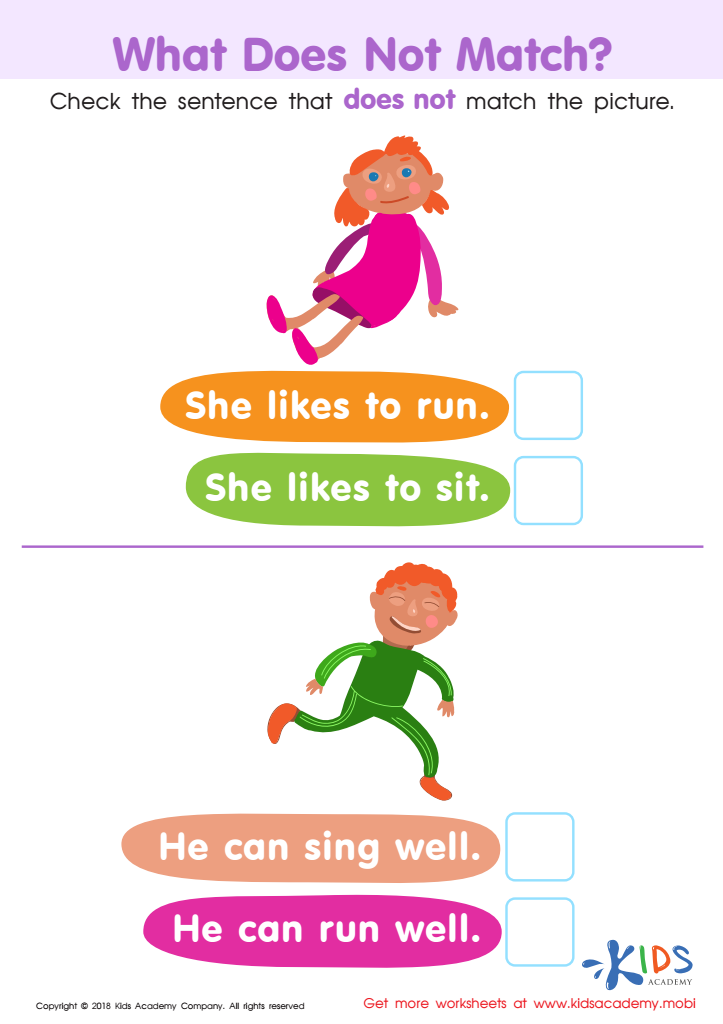

What Does Not Match? Worksheet
Pattern identification is a crucial skill for children ages 6-9 as it lays the foundation for essential cognitive and mathematical skills. During this developmental stage, children begin to recognize relationships and sequences, which enhances their problem-solving abilities. When parents and teachers prioritize pattern identification, they nurture critical thinking and observational skills that extend beyond mathematics into science, art, and everyday life.
Understanding patterns helps children make predictions, form hypotheses, and make connections between concepts. For instance, patterns are inherent in numbers, shapes, and even language, helping children grasp more complex topics later on. Furthermore, pattern recognition supports emotional and social development; it encourages children to notice patterns in behaviors and relationships, fostering empathy and social understanding.
Engaging children in playful, interactive ways to identify patterns—like through games, music, or storytelling—can also enhance engagement and enjoyment in learning. Parental involvement in these activities reinforces children's skills further at home, building their confidence and love for learning. Ultimately, nurturing pattern identification opens doors to numerous academic success pathways and equips children with vital life skills essential for their future in an increasingly complex world.

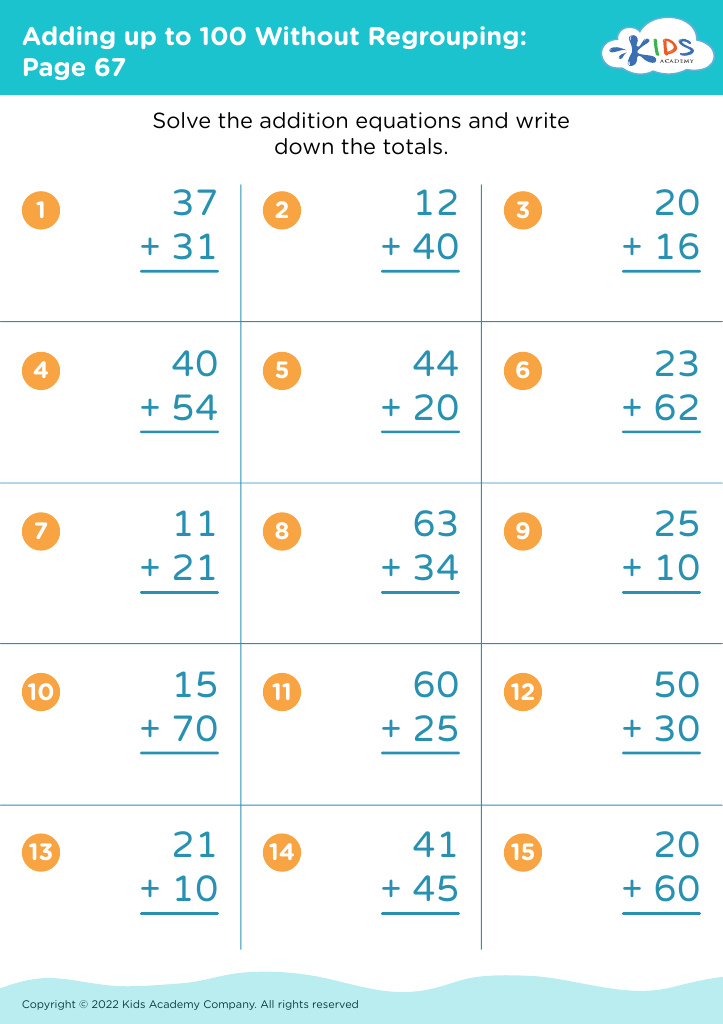
 Assign to My Students
Assign to My Students
